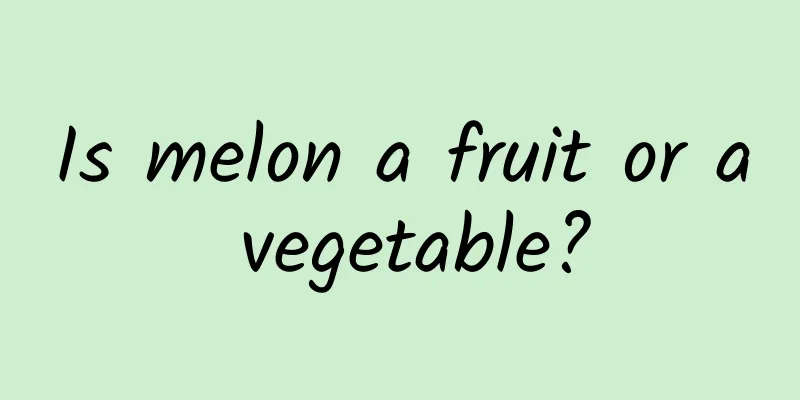Effects and benefits of Kanuma soil on flowers and plants

|
Kanuma soil originates from the volcanic area around Kanuma City, Japan. It is a mineral soil formed by the natural deposition of volcanic ash. In terms of origin and formation, Kanuma soil is a mineral planting material very similar to Akadama soil . The main components of the two are not much different, it's just that Akadama soil has a higher iron content and is therefore red, while Kanuma soil has a higher calcium and aluminum content and is therefore light yellow. Characteristics of Kanuma SoilKanuma soil is a type of soil formed by volcanic ash deposition. Due to its special geological characteristics, the pores inside Kanuma soil are relatively large, showing a distinct layered structure, which makes the particles of Kanuma soil have a certain degree of elasticity. As the succulent roots grow, they squeeze the surrounding soil particles, which is the main reason for the pulverization of soil particles. After all, the succulent roots are not like human fingers, which can crush the Kanuma soil by pinching , but slowly apply pressure to the Kanuma soil particles. Effect of Kanuma soilDue to its loose structure, Kanuma soil can easily adapt to this slow pressure method and will not break up due to the growth of the root system. On the contrary, the harder Akadama soil will be more powdery in the flower pot than Kanuma soil. Kanuma soil has good air permeability and many tiny holes on the surface of the particles. It is more suitable for some succulent varieties with strong vitality and resistance to barrenness, such as Hime Oborozuki, Onii-Hina, and Kagome . And during use, the potting soil should be kept dry and not damp. However, Kanuma soil also has its disadvantages, that is, its hardness is low and it is easy to powder over time, so it is necessary to repot the succulents after a period of time. |
<<: How to plant watermelon seeds after germination? How to sow watermelon seeds after germination
>>: How does a mage cultivate old piles of succulent plants? How does a mage cultivate old piles?
Recommend
What are the cultivation methods and precautions of camellia
Camellia cultivation method Camellia belongs to t...
What are the benefits of black wolfberry? How to eat black wolfberry
1. Nourish the liver and improve eyesight Black w...
What flowers are suitable for growing in Qitaihe? What are the city flowers and trees?
1. Climate characteristics of Qitaihe Qitaihe has...
Is the osmanthus tree suitable for planting in the courtyard?
1. Suitable for planting in the garden Osmanthus ...
When is the best season to plant willow trees? What is the best time and method to plant willow trees?
There are five main steps in planting willows, na...
How to make Fraxinus chinensis bonsai
1. Cultivation To make bonsai, you can use the st...
How to graft passion fruit
1. Grafting method 1. Rootstock: Select disease-r...
Emergency tips for treating Clivia's arrow
1. Shade This is the simplest and most common met...
Can the newly bought green radish be divided into pots?
1. Is it possible? Newly bought green radish can ...
Is it profitable to grow aloe vera? What are the prospects and profits of growing aloe vera?
Is growing aloe vera profitable? At present, plan...
How to care for the newly bought ball orchid
1. Inspection Due to factors such as transportati...
How to breed golden grass and what to pay attention to
Golden grass breeding method Golden grass is also...
Does the aster bloom?
The flowering period of the golden plate The flow...
Is growing flowers too troublesome? Just learn one trick and you can grow a large pot of plants even when you’re lying down!
Lazy watering method Watering is a necessary step...
What are the functions of water fern
Medicinal value of water fern Water fern is cool ...









